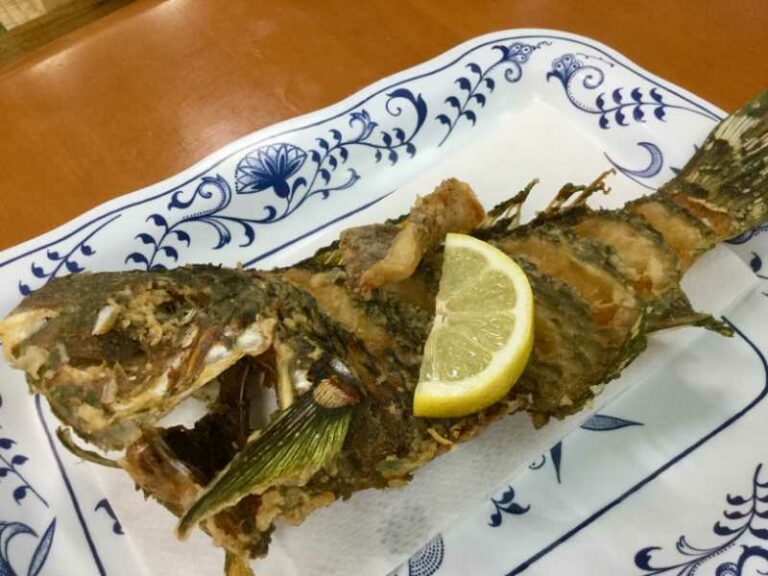Introduction: Kiribati cuisine
Kiribati, a small island nation in the Pacific Ocean, has a unique cuisine that reflects its location and history. The traditional diet consists of seafood, coconut, and starchy root vegetables. With a limited land area and a reliance on imported goods, the cuisine has remained largely unchanged for centuries. However, in recent years, there has been an increasing influence of foreign cuisine in Kiribati, leading to the emergence of fusion dishes.
Traditional dishes in Kiribati
The traditional dishes in Kiribati are centered around seafood, particularly fish, as it is readily available in the surrounding waters. One of the most popular dishes is Palusami, which is made by wrapping taro leaves around coconut cream and onions, and then baking it in an underground oven. Another staple dish is Tebora, which is a fish soup made from coconut milk, breadfruit, and onions. Other traditional dishes include Eto, which is a dessert made from grated banana and coconut cream, and Kakamora, which is a dish consisting of fish cooked in coconut milk and served in a coconut shell.
Influence of foreign cuisine in Kiribati
With the increase in tourism and modernization, foreign cuisine has become more prevalent in Kiribati. Chinese, Japanese, and Filipino cuisines have had the most significant impact on Kiribati cuisine, as these cultures have a significant presence on the islands. The influence of these cuisines can be seen in the use of soy sauce, rice, and stir-frying techniques.
Fusion dishes in Kiribati cuisine
The fusion of traditional Kiribati cuisine with foreign cuisine has given rise to a new generation of dishes that combine elements of both cuisines. These fusion dishes are often created by using traditional Kiribati ingredients and cooking techniques and incorporating foreign techniques and flavors.
Examples of fusion dishes in Kiribati
One example of a fusion dish is Tuna Poke, which is a dish that originated in Hawaii but has become popular in Kiribati. It is made by marinating raw tuna in soy sauce and sesame oil and served with Kiribati-style coconut cream and taro chips. Another example is Teriyaki Chicken, which is a Japanese dish that has been adapted to use Kiribati-style chicken and coconut cream.
Conclusion: Exploring Kiribati’s culinary diversity
In conclusion, Kiribati cuisine has evolved over time from traditional dishes to fusion dishes influenced by foreign cuisine. The fusion of different cultures has led to the creation of unique and delicious dishes that reflect the diversity of Kiribati’s culinary traditions. As Kiribati continues to develop and connect with the rest of the world, its cuisine will undoubtedly continue to evolve, and we can expect to see even more exciting fusion dishes emerge.

